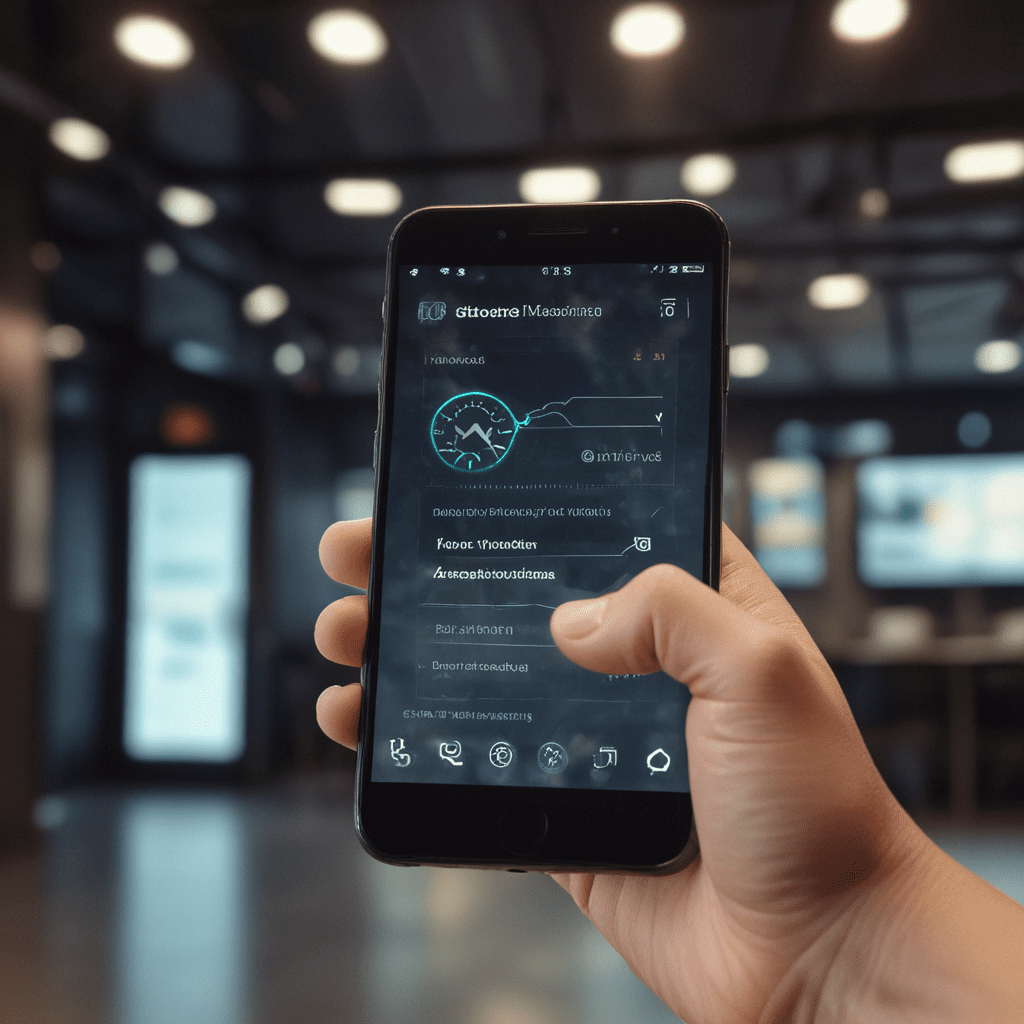
The Impact of Serverless Architecture in Mobile Apps
Introduction:
Serverless architecture has become increasingly popular in the development of mobile applications, offering numerous advantages to streamline the process and enhance the user experience. By leveraging cloud-based services that handle server management and infrastructure, developers can focus on the core functionality of their apps without the complexities of managing physical servers.
Benefits of Serverless for Mobile App Development:
The benefits of serverless architecture for mobile app development are substantial. It helps developers:
- Scale effortlessly: Serverless architecture automatically scales resources based on demand, eliminating the need for manual provisioning and ensuring optimal performance during traffic spikes.
- Optimize costs: Pay-as-you-go pricing models minimize infrastructure costs, allowing mobile app developers to pay only for the resources they consume.
Enhanced Security:
Serverless architecture provides robust security measures by centralizing identity and access management. Cloud providers implement built-in security features, such as encryption, access controls, and intrusion detection, ensuring the protection of mobile apps and user data.
Integration with Third-Party Services:
Serverless architecture enables seamless integration with a wide range of pre-built functions and APIs offered by cloud providers. This allows mobile app developers to leverage computing, storage, analytics, and other third-party services without managing complex infrastructure.
Device and OS Compatibility:
By leveraging cloud services, serverless architecture offers cross-platform compatibility, allowing mobile apps to run seamlessly on different devices and operating systems. Developers can target multiple platforms without the need for separate codebases, ensuring a consistent user experience across devices.
Offline Capabilities:
While serverless architecture primarily relies on cloud-based services, hybrid architectures can be implemented to provide offline capabilities. By combining serverless with local storage mechanisms, mobile apps can cache data and maintain functionality even when an internet connection is not available, enhancing the user experience in low-connectivity scenarios.
Frequently Asked Questions (FAQs):
1. What is the primary advantage of serverless architecture for mobile app development?
Eliminating the need for server management and infrastructure, allowing developers to focus on core app functionality.
2. How does serverless architecture help in scaling mobile apps?
It enables automatic scaling of resources based on demand, ensuring optimal performance during traffic spikes.
3. Does serverless architecture provide enhanced security for mobile apps?
Yes, it offers centralized identity and access management, along with built-in security features from cloud providers.
4. Can serverless architecture be used to integrate with other services?
Yes, it provides seamless integration with pre-built functions and APIs from cloud providers.
5. Is it possible to implement offline capabilities with serverless architecture?
Yes, hybrid architectures combining serverless with local storage can be used to enable offline functionality in mobile apps.


